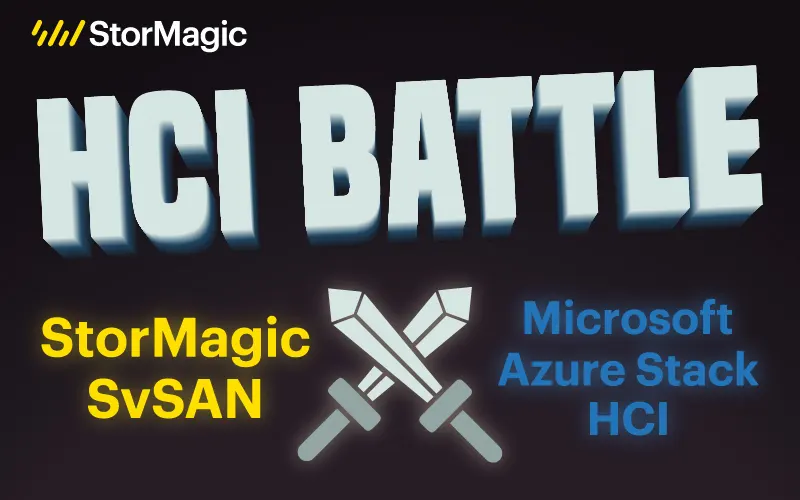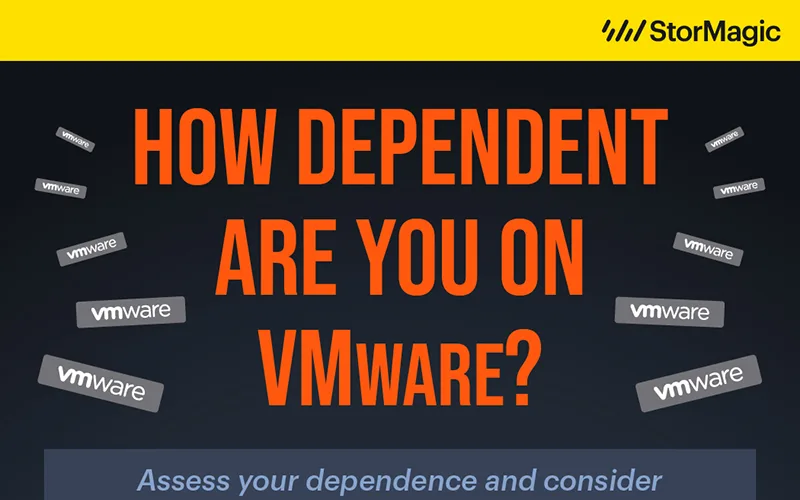In the realm of business continuity and disaster recovery, planning for the worst is the only way to bounce back quickly, with minimal damage.
Most traditional disaster recovery plans often center around mitigating the impacts of large-scale events like natural disasters and man-made catastrophes.
Planning for disasters like hurricanes, which can cause around $101.9 billion in damage, kill roughly 70 people in the US each year, and can take weeks to get back on track is, of course, a critical consideration. However, having a laser focus on the “big” threats can leave organizations vulnerable to the more frequent, and often easily manageable risks that can cause significant downtime and productivity loss.
Irrespective of size or revenue, every organization should prioritize the development of a robust disaster recovery strategy to ensure they can continue to operate regardless of the size or type of disruptive event. For this, two key documents must be consulted prior to the creation of any plan; the business impact analysis document (BIA) and the disaster recovery plan (DRP).
What is a Business Impact Analysis Document (BIA)?
A foundational document, the BIA identifies critical business functions and dependencies, and their potential vulnerabilities.
It assesses risks, detailing the potential threats and vulnerabilities that are likely to disrupt operations, and prioritizes systems or services for recovery, based on business importance.
What is a Disaster Recovery Plan (DRP)?
Complementing the BIA, the DRP outlines procedures and instructions for restoring services swiftly in the event of a disaster. It encompasses a range of potential threats, from natural disasters to man-made incidents like malicious attacks, IT failures, or even human errors like tripping on a cord.
Naturally, whether the level of disruption experienced is minor or significant will be highly dependent on how much damage the sites in question have sustained, and how much hardware is still operational.
Once the potential threats have been identified, they can be categorized and prioritized based on their impact and probability shown by the DRP.
The Drawbacks to the DRP and BIA
While both the BIA and the RDP remain critical documents, many created focus too heavily on the rarer large-scale incidents, overlooking the more common smaller ones. While in the short term, these disasters create less damage and loss in revenue per case, their likely frequency can create more costs in the long run if their risks are not properly mitigated.
Putting in place a plan to protect against smaller incidents can be as simple and inexpensive as mitigating against IT failures.
Protecting against IT failures:
A key area of focus for disaster mitigation, IT failures typically occur from server failures, network outages, disk failures, data corruption, malicious attacks, and human error.
A simple way to address some of these issues is by duplicating servers, employing clustered solutions, and implementing redundant power supplies and network connections. Not only does this create a more resilient solution, more equipped to eliminate single points of failure, but it also helps protect against extended downtime periods.
Additional resiliency could be provided by:
- Physically separating servers into different locations (continents, data centers, or racks) to protect against natural and man-made disasters
- Using redundant power supplies, distribution boards, and uninterruptable power supplies (UPS) to protect against power outages
- Providing multiple independent network connections, using different network interface cards (NICs), switches/routers with cabling using diverse routes to eliminate network failures
- Employing disk protection mechanisms such as synchronous data mirroring, RAID protection, erasure encoding, and hot spares, and using disk controllers that have a battery backup to minimize data loss
- Ensuring that a backup strategy is in place to protect against logical data corruption
Of course, the more of these solutions that are implemented, the higher the upfront and running costs of the solution. Therefore, a proper evaluation of how much a redundant solution vs a business service outage will cost the business should be conducted, taking into consideration factors such as loss of revenue, and business credibility.
Protect Data and Ensure High Availability with StorMagic SvSAN
A comprehensive disaster recovery strategy should be one that fully encompasses a broad spectrum of threats, prioritizing both large-scale events, and smaller, more probable risks. By delivering resilient, clustered solutions businesses can arm themselves with the most effective way to ensure application uptime and data availability, and to keep the business operational. In order to put all into practice, it’s best to enlist the help of a shared storage solution to keep data protected, should the worst happen.
A lightweight virtual SAN, StorMagic SvSAN offers a highly available shared storage solution, able to maintain applications’ uptime and ensure uninterrupted business continuity.
With its stretched clusters capability, SvSAN provides users with an additional method of protection, allowing clusters to be stretched geographically to mitigate the effects of local disasters. Additionally, its lightweight cluster witness ensures data integrity, preventing split-brain scenarios and data corruption, and enabling swift recovery in the face of adversity.
For a more in-depth exploration into effective disaster mitigation through the building of a highly available storage infrastructure, check out our white paper titled “Building a Highly Available SvSAN Configuration”. Here you’ll find expert advice and best practices to follow when creating your own disaster recovery strategy.
Download and read it in full below:




